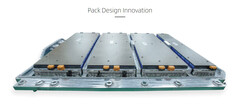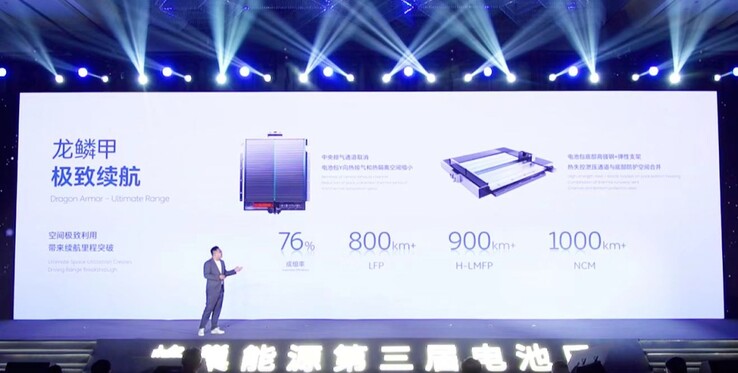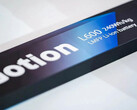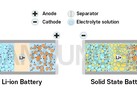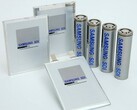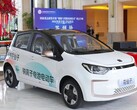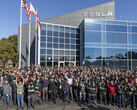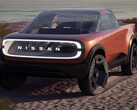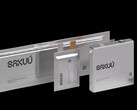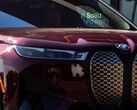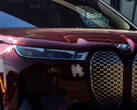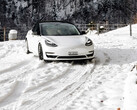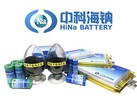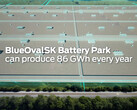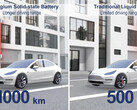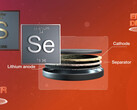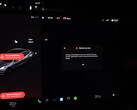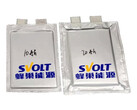One of the world's top 10 battery makers - Svolt Energy - just announced the next in cell-to-chassis packing innovations that will result in electric vehicles capable of up to 1,000km (621 miles) of range on a charge in a safer manner. Svolt's innovative packing system, dubbed Dragon Armor, is chemistry-agnostic and can be used for any type of cell, from the affordable LFP ones that Tesla uses in its standard range vehicles, to high-nickel performance batteries like the ones in the Model S.
Of particular importance in the announcement is the ability of the Dragon Armor battery to deliver 800 km (497 miles) of range on a charge using LFP phosphate batteries. These cells use the cheap and abundant iron instead of expensive materials like nickel and cobalt, in exchange for lower energy density hence shorter range on a charge in a similar packing volume.
The Dragon Armor Battery, however, drastically increases the pack's volumetric efficiency to 76%, thus allowing for more cells fitting in the same space and delivering an impressive range on a charge even with LFP chemistry. When using traditional nickel-cobalt-manganese ternary batteries, the Dragon Armor pack can deliver up to 621 miles on a charge, so high-performance EVs will be able to benefit from the range increase, too.
In addition, Svolt unveiled a high-manganese LFP battery chemistry it is working on that still disposes of the expensive nickel or cobalt, yet offers higher energy density than LFP batteries, for release in 2024. With it, the Dragon Armor pack will be able to deliver up to 560 miles on a charge. Back in the summer, Svolt also teased its true solid-state battery with up to 400 Wh/kg energy density that put it at the forefront of EV battery research and development.
What's equally impressive is that the Dragon Armor batteries can be charged with 4C speeds, meaning that they can be topped up in 15 minutes or less with a suitable charger. The pack's structure is compatible with the main EV chassis architectures out there, and has cooling plates on both sides that increase its heat transfer capacity by 70%. Not only that, but the cells' blast valve is downward facing, so combustion in one cell is hard to affect the others, preventing the dreaded thermal runaway that has had EV firefighters perplexed for a good while now.
The cell-to-chassis packing is similar to what Tesla does with its Model Y coming from Giga Texas equipped with 4680 batteries, as well as to the safe CATL Kirin or BYD Blade batteries, and seems to be where the industry is ultimately heading. Svolt's invention, in particular, achieves the higher volumetric density by shedding 20% of the structural components which also reduced the weight of the pack. The Dragon Armor battery is already sampling with customers, and there will be an SUV and a performance coupe equipped with the innovative cell packing system released in 2023.


 Deutsch
Deutsch English
English Español
Español Français
Français Italiano
Italiano Nederlands
Nederlands Polski
Polski Português
Português Русский
Русский Türkçe
Türkçe Svenska
Svenska Chinese
Chinese Magyar
Magyar